You are not alone! Pulmonary arterial hypertension is a rare and complex disease, but you can take comfort in knowing you are not the only one who is experiencing it. The PAH Initiative community is here to help with articles and videos featuring caregivers and real people with PAH, who share their perspectives on getting diagnosed, finding a PAH specialist, adjusting their treatment plans, and finding hope and inspiration along the way.
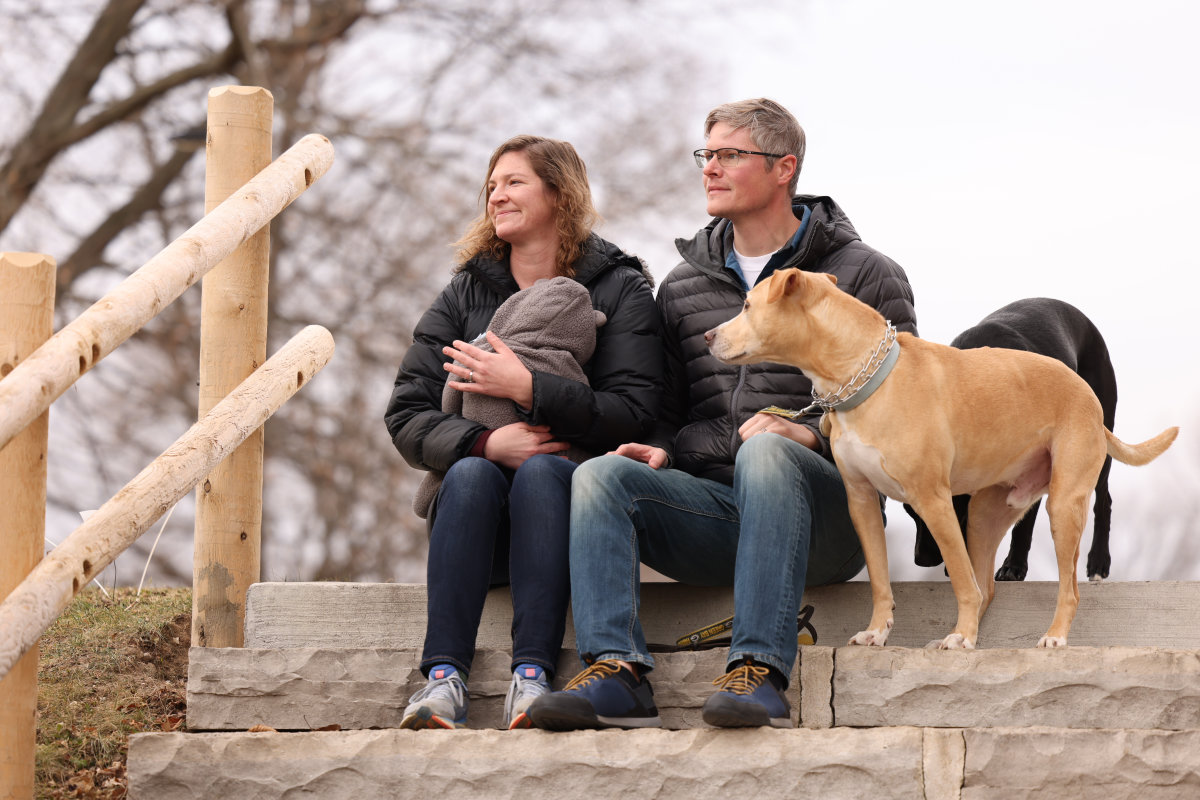
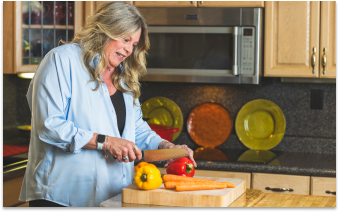
Novelists often split their work at a pivotal moment of change. Nancy sees her life similarly: part one is before her pulmonary arterial hypertension (PAH) diagnosis, and part two begins afterward.
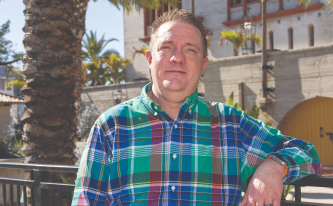
Nathan was never one to sit still, but his life was about to change. How did his proactive approach to life with PAH make a difference?
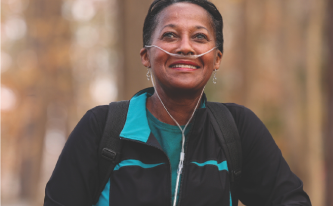
Learn how Peggy renewed her competitive spirit after her PAH diagnosis and how she won't let an oxygen tank define her.
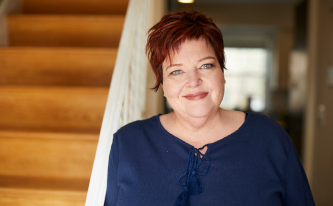
Learn how Karen reclaimed control of her body—and life—after her PAH diagnosis in an inspiring story of perseverance.

How two parents’ determination to save their daughter launched a company with PAH at its core.